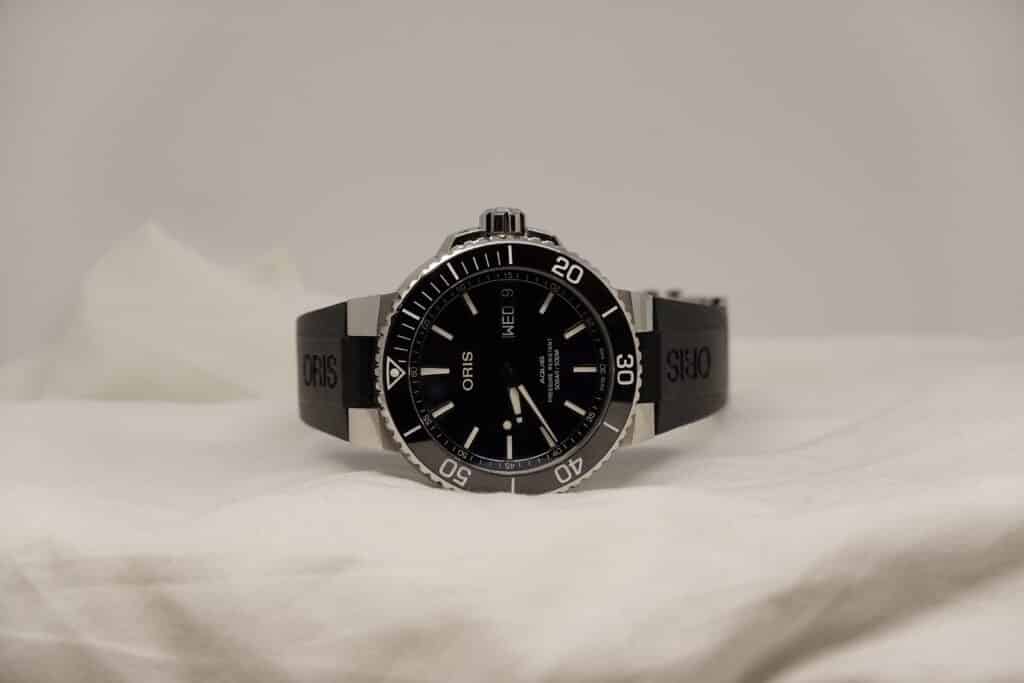China global luxury index reaches its peak record

Index Moves is the monthly analysis of the biggest climbs and drops on The Jing Daily KraneShares China Global Luxury Index, which tracks the global market performance of the luxury sector. The Index relies on the Jing Daily Global Luxury Score and Jing Daily Brand Awareness in China Score in addition to fluctuations in market cap and stock closing price. Below, we highlight luxury brand moves for the month ending April 30, 2021.
Not only have luxury companies rebounded from the pandemic, they now have surpassed their pre-pandemic highs, as the Jing Daily KraneShares China Global Luxury Index reaches its highest level ever.
The daily Index, which tracks the world’s largest luxury companies and their relevance to China, clocked an almost uninterrupted rise in April, ending the month at 333.33 points and eclipsing its pre-pandemic high of 249.9.
China’s luxury consumers are back with a vengeance, spending like never before and buoyed by a passion for fashion like the country has never seen.
But the Index says as much about the past as the future. April was a month in which many luxury firms reported their first-quarter results. But what is usually a routine reporting exercise told a much greater story this year. The January-to-April data completes a year in which luxury companies have had to trade under the most extraordinary conditions in living memory.
So how did they perform? Mostly, luxury brands did better than expected, which is why their shares surged in April alongside the Jing Daily KraneShares China Global Luxury Index.
For the second month running, Kering took the Index’s first position. But, only in April did the owner of Gucci and Yves Saint Laurent hold the top spot for every single day, with its share price speeding ahead of rivals. Kering primarily owes this to China: Its sales in the Asia-Pacific were up 83 percent from the same period last year, and China is by far its largest market in the region.
LVMH and Capri Holdings, which vied over second and third place in April, were also praised by analysts for their first-quarter results, which revealed better-than-expected sales in China.
But as consistent as Kering’s first-place scores were in April, so too were Moncler’s tenth-place scores during or the month. The only Italian company on the Index has perhaps been too successful in crafting a reputation for puffer jackets and skiwear, which is a market that always suffers at this time of year.
Makeup also wasn’t much of a seller in a year that offered few occasions to wear it. L’Oréal’s shares fell 1.5 percent the day it announced disappointing sales from its makeup brands, including Maybelline. Shares only stopped falling further on news that L’Oréal’s sales in China were up by 38 percent. The same laws applied to Estée Lauder, which reported both a fall in makeup sales and an increase in Chinese business.
It seems luxury is at a turning point. While beauty brands have yet to rebound, athleisure may have already peaked. And brands on Jing Daily KraneShares China Global Luxury Index that specialize in sporting goods, such as Nike, Li Ning, adidas, Lululemon, and Under Armour, were clear beneficiaries of stay-at-home orders in 2020. So far this year, however, their performance has been less impressive as investors bet on a change in consumer habits as the world reopens.
But there is one industry that is here to stay, according to the same investors: Tech. When it comes to the 40 companies that make up the Jing Daily KraneShares China Global Luxury Index, analysts polled by Bloomberg give the strongest “buy” rating to technology firms. Among them are JD.com, Bilibili, and Tencent. Even Alibaba is due for a rebound.
Credit Article CCP Luxury



Responses